
Published:
Readtime: 20 min
Every product is carefully selected by our editors and experts. If you buy from a link, we may earn a commission. Learn more. For more information on how we test products, click here.
From the thunderous tick delivered labourously through weathered mechanics to the subtle patenas that speak to a life well worn, there is just something whimsical about a vintage timepiece. Relics from a bygone era, the great watches of the past have a certain old-Hollywood glamour to them, typified by the simplistic dial design and refined functionality. Sure, trends have come and gone, with new players offering avant-garde takes on the traditional trade, but a resurgence is brewing. At Watches & Wonders 2022, a number of pivotal Maisons turned back the clock and dipped deeper into the archive than ever before, unveiling revamped iterations of classics from the past. Truly, if the iconic watch and jewellery fair proved anything, it was simply that old-school is firmly back in session. Just ask Nicholas Biebuyck, heritage director for Swiss watchmaking legend TAG Heuer.
“The fact is, there’s a lot of vintage watches out there, but when it comes to modern pieces, what we can do is look at our heritage,” he tells us. “A big part of it is innovation and when you look at innovation, that gives you a much wider canvas to paint on. You’re not stuck just making the Carrera what it is, the Autavia what it is, the Monaco what it is. We can really think in a much, much wider manner and…highlight the various design attributes that might be interesting to look towards for the future.”
As TAG Heuer heritage director, Biebuyck has built a career out of looking in the rear-view mirror. After a decade spent at major international auction houses in London and Hong Kong, the vintage watch expert found a kinship with the Swiss Maison that went beyond the ordinary. One of the first lots he ever bid on at auction was a vintage Heuer Carrera and now, several years later, Biebuyck is helping TAG surge forward in its new endeavours, all the while keeping a close eye on the past. With the brand unveiling a host of incredible novelties at Watches & Wonders 2022, we caught up with the heritage director to talk new ventures, old ghosts and everything in between.
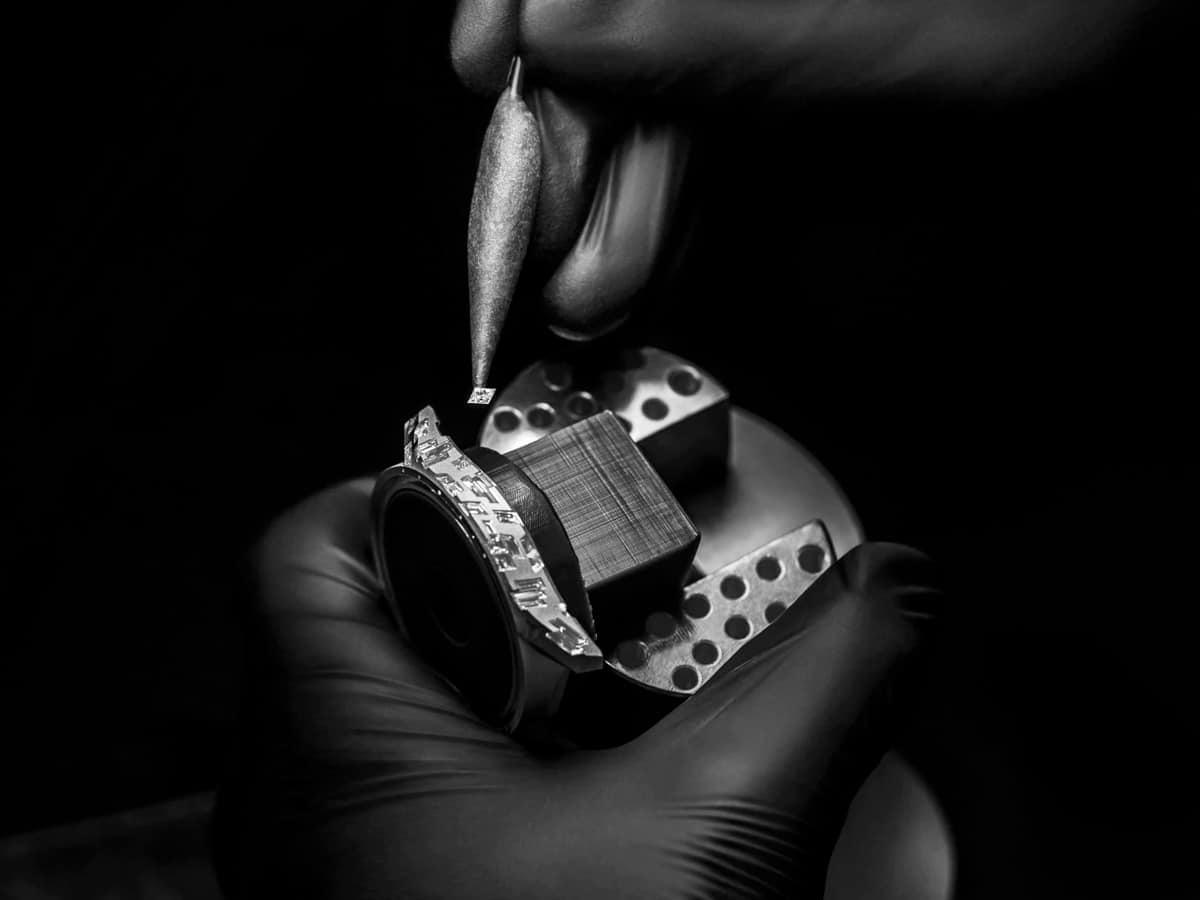
As heritage director at TAG Heuer, can you just tell us what that job entails?
I’ve been collecting vintage watches for nearly 20 years now and always had a close connection to vintage Heuer and TAG Heuer as a whole. My other great passions are cars and motorcycles so it’s a natural brand that you get kind of led towards over time. I’ve been in the role for a year now and it’s been very, very interesting for me. You have this perception of what people do at an HQ level at a brand, when you’re a collector or an enthusiast, but often the realities are slightly different.
I think most people would consider a heritage director’s role really to be around kind of the museum, looking after the archives, explaining about the historic watches. And absolutely, that’s a big part of what I do, but you get drafted into a whole host of other parts of the business. I’m based within the marketing department so I have a huge amount of roles. But from proofing press releases to make sure they’re historically accurate, to supporting the events team, to suggest the collectors that we’re working with to working with on sponsorship, to seeing what we’ve done historically in a particular discipline and what we could do today.
So you really end up touching all parts of the business and it’s an amazing way to kind of see a brand because you get to look at the past, you get to look at the present, but also get to look towards the future. So it’s not just hiding in an archive with dusty manuscripts and old watches. It’s a much wider remit and it’s really great to be able to be so supportive to the wider organisation.
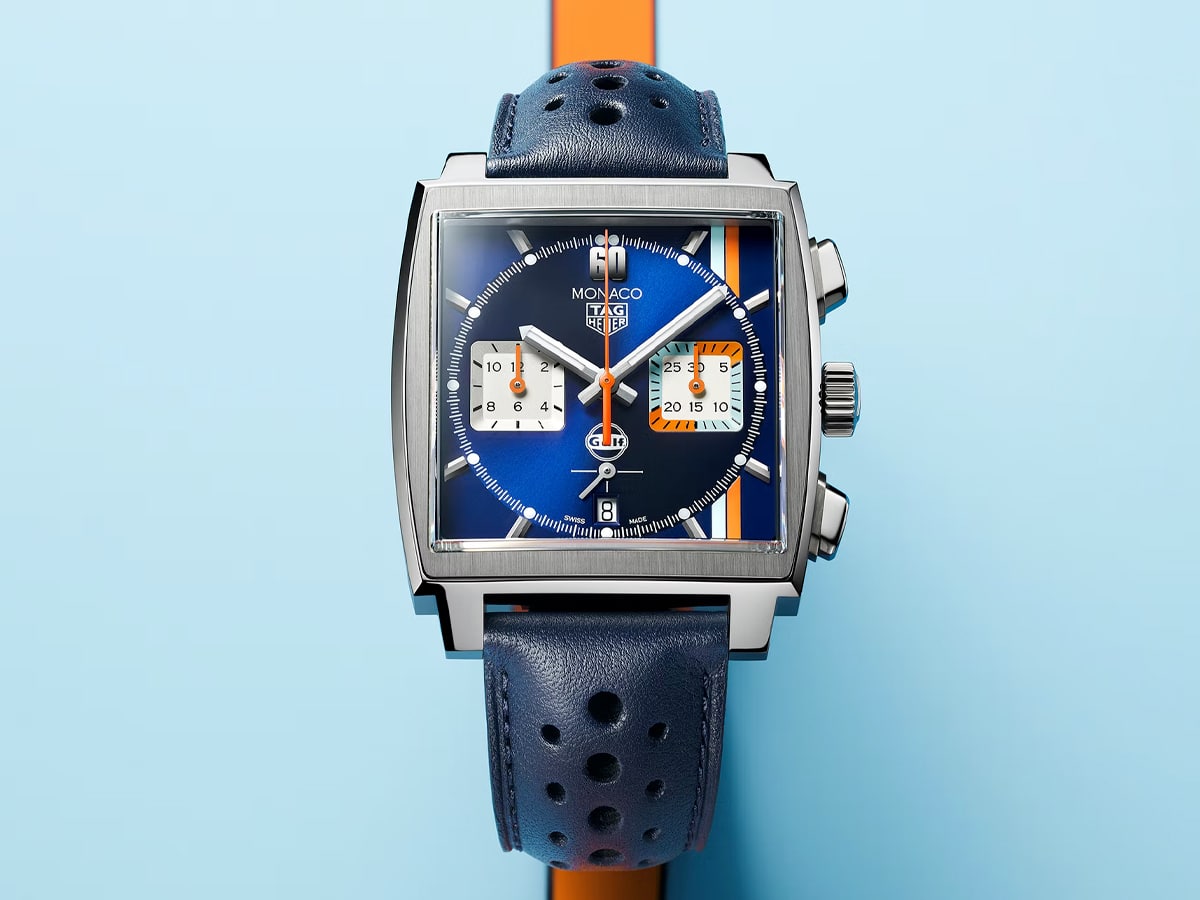
There is such a strong heritage at TAG Heuer, there are so many iconic pieces. What kind of considerations goes into the decisions on whether to update or refine a heritage piece?
Yeah, it’s a great topic to explore because there are many, many different ways in which you can leverage a brand’s heritage. By far the easiest and for me, which is kind of a lazy route, is to simply laser scan an old watch and put it into mass production today. We’ve seen a number of brands do this. It’s absolutely something we can do.
We have this huge in-house expertise at the TAG Heuer Institute. We have 3D scanners. We have huge teams of professionals. I think we have 40 doctorates in the TAG Heuer Institute so they can do everything from finite element analysis on historic movements, all the way through to working out kind of the metallurgy of an original part and seeing what we can upgrade for the future. So absolutely something we could consider doing.
But the fact is, there are a lot of vintage watches out there. I often wear vintage watches. This is a Monaco from 1975. There are a lot of these watches out there and what we’re better lent to do is to restoring those pieces and putting them back into circulation.
But when it comes to modern watches, what we can do is we can look at our heritage. A big part of it is innovation and when you look at innovation, that gives you a much wider canvas to paint on. You’re not stuck just making the Carrera what it is, the Autavia what it is, the Monaco what it is.
We can really think in a much, much wider manner and of course, I’m always happy to show the product team the archive and walk them through the lineages of a particular collection or highlight the various design attributes that might be interesting to look towards for the future.
But fundamentally, we do need to look towards the future. We can’t just reflect on our past. We have to create watches for the modern age and the way that people wear watches today is totally different how it was in the 1960s and 1970s. Not to give too much away, but for me, Solargraph is a great example.
We have this fantastic expertise in movement development and we’re really lucky to have this incredible network of partners and suppliers that we can lean upon. And we can create some truly, spectacularly innovative, not just a reflection on the past, but something that’s truly futuristic.
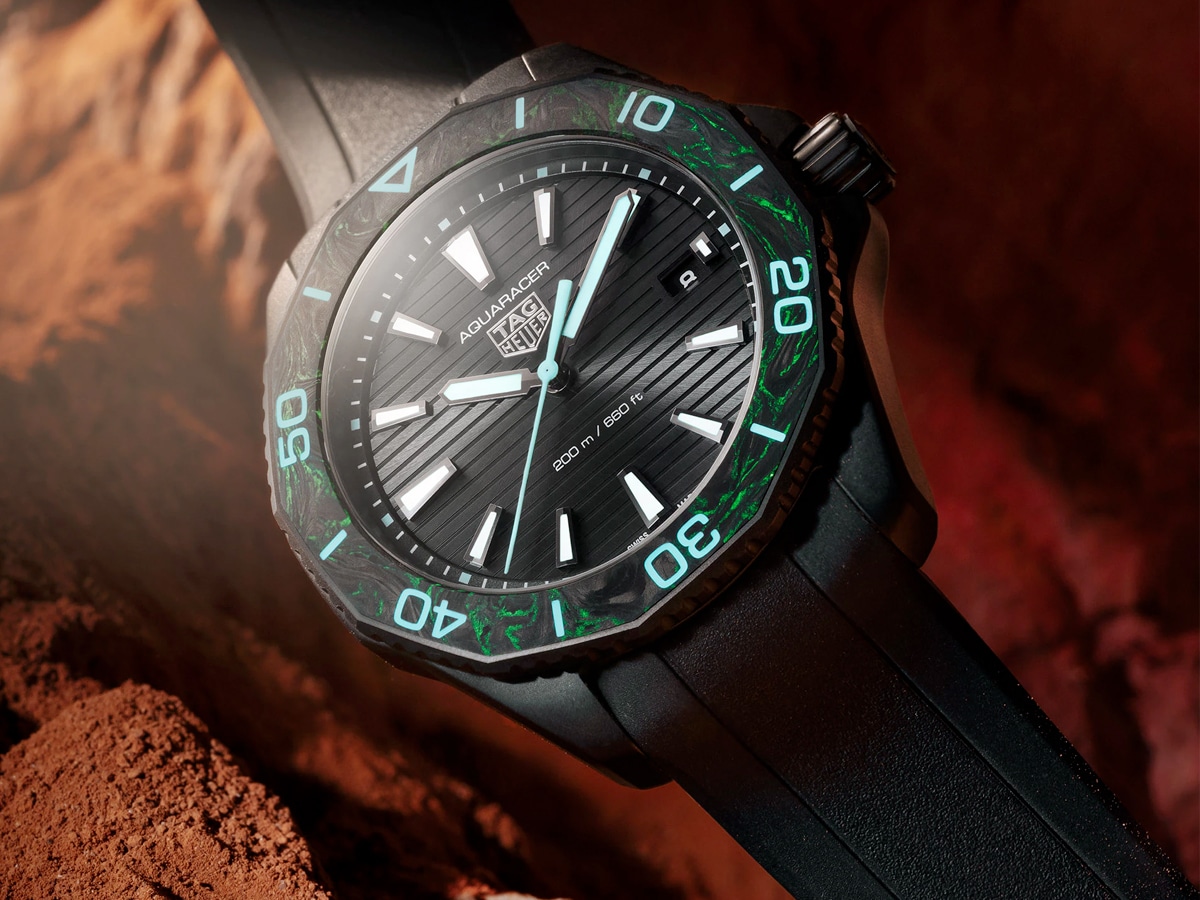
Back to the Solargraph, what prompted TAG to release this new Solargraph model?
As a brand today, the historic track record has been that you might offer two to three years warranty. There are some brands that are still talking about 12 months warranty, but today two to three is the absolute bare minimum. But what you really want is to be beyond that.
There are a number of brands they offer in five, seven, eight years. Now for that to happen, you have to reflect on your movement. A case you can make endure for decades. Straps, they’re consumable so they’re easily swappable, but it’s the movement where you really have the wear and tear. So at that point, we look at our portfolio and we have strong, robust, reliable quartz movements from the likes of Ronda and we have our movements from the likes of Sellita. Then we have our wonderful in-house chronograph movement, the Heuer 02, a really great development that we worked on in-house, and is really strong. And that we can easily offer five years warranty on. We’ve done the work. We know that it’s good.
But in the other two areas, we have to make improvements and when it’s a quartz movement, what’s your biggest weakness? Well, it’s the battery. Even for the most kind of sophisticated quartz movements, you’re going to still be swapping the battery every three years or so.
So the natural next move is solar and then you have an accumulator and you don’t have to worry about exchanging batteries. It’s really when you go through that kind of thought process, what is best for the consumer at the end of the day? Longer warranties and longer servicing intervals.
And when you approach it from that perspective, it’s logical that it would lead you to this kind of path, particularly when you’re talking about quartz and particularly high accuracy quartz.
In terms of developing the Solargraph, you’ve got so many people in the team looking after different elements and there would’ve been a lot of different opinions. Was it a fight to get to the point where the decision was made to produce the Solargraph? Was it something that kind of was agreed upon by everyone? Can you talk through that process?
I was a bit of a spectator in this process because I’ve only been with the company for a year and obviously, the conversation has been going on a lot longer, but I’ve become very close to our movement development director and our chief innovation officer. And it’s been really, really interesting to speak to them because they have decades of experience in the watch industry. They’ve taught me so much in the past 12 months and the fact is, when you strike upon a good idea, generally all of those people with expertise in their area and at a senior management level, will understand the utility of it.
So I think it was very much pushing on an open door when we started to discuss Solar Graph. And the cool thing is, we don’t have expertise in that area, but we know who does. And when we approached our partner, in this case La Joux Perret, we knew that they had decades of patented technologies and expertise in this area, and we feel really fortunate and really proud.
We’ve made a tenfold increase in our ability around quartz watches in one move basically, and it’s an incredible thing when you see it because it wears and feels like a regular watch. It ticks like a quartz watch, but that’s fine. When it’s on the wrist, you just don’t think about what’s going on inside of it, but you know full well you can stick it in a drawer for six months, pull it out six months later, and the thing will still be going.
You don’t have to worry about resetting it. It charges from natural and artificial light sources, and restarts very quickly. There’s a whole host of innovation and very, very small and subtle things that make the watch a really durable companion. And that’s something that we’ve always stood for at TAG Heuer, long term durability and reliability for everyone.
We’re not interested in running waitlists or selling stuff for huge prices. We’ve always been a very egalitarian brand. Predominantly, we’ve produced in stainless steel. We’ve always been focused on precision timekeeping, not so much the fine finishing that’s known to other brands. But it’s really about durability and reliability. Solar Graph really, really gets us ahead on that front.
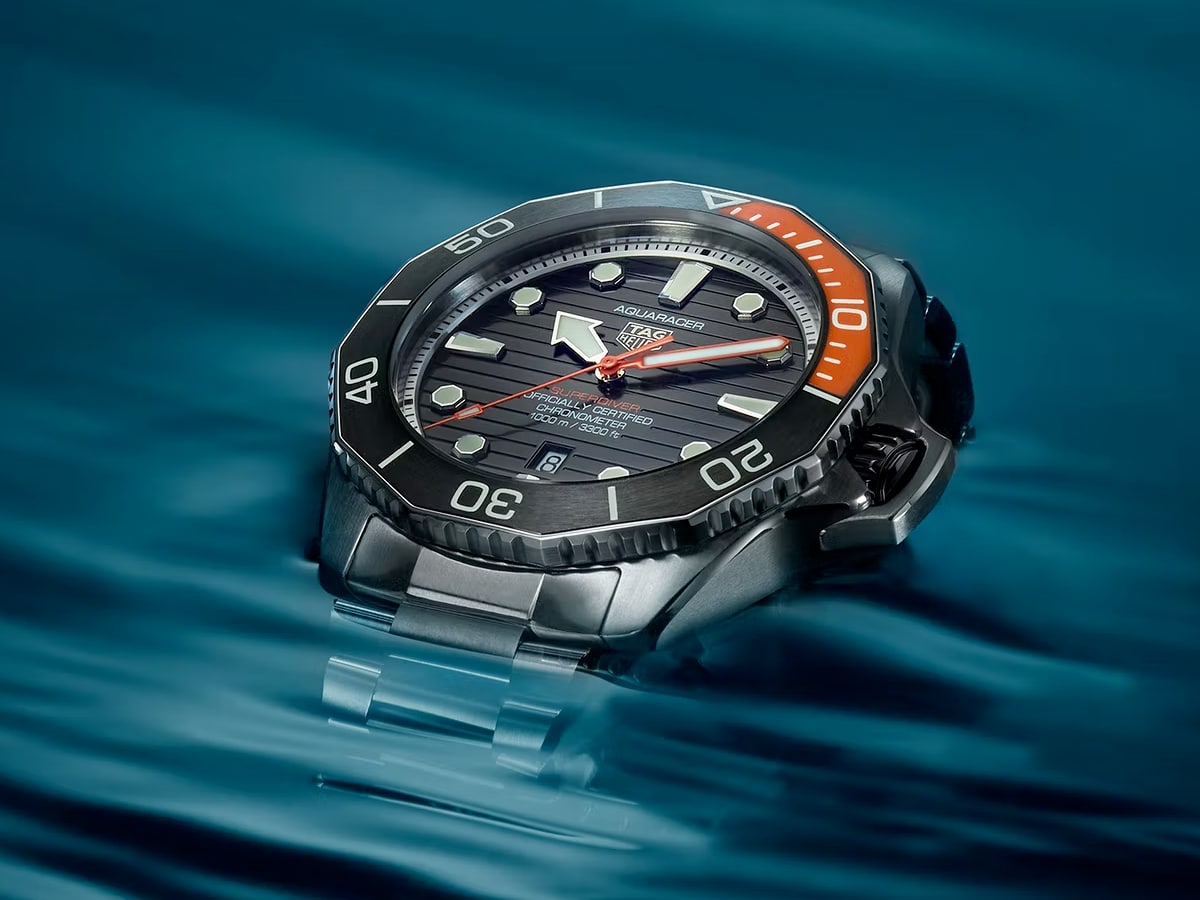
Obviously, there’s been a strong focus on the Aquaracer recently. It seems to be quite a watch of now. I was wondering, in your opinion, what is it about the Aquaracer that makes it such a key product and such an appealing product in this moment?
A lot of people aren’t aware of the fact that today, we have five pillars. We have Formula 1, we have Aquaracer, we have Carrera, we have Monaco, and we have Connected. Of those five pillars, the one with the longest continuous lineage is actually the Aquaracer. Everyone thinks towards the Carrera and the Monaco. Carrera born in ’63, Monaco born in 1969. But as we went through the quartz crisis and we made the transition between ownership, they were two model lines that suffered during this period and were actually discontinued completely.
Whereas the Aquaracer can trace its lineage all the way back to 1978 when Heuer launched the Reference 844, our very first dive watch. And when you see it in that way, that not only was it born under Jack Heuer, but it also formed the foundation for the rebirth as TAG Heuer, post 1985. And today, it’s seen as such a key tool watch in the world of dive watches.
It goes to show the strength of the Aquaracer and when you consider it alongside its competitors. I always say, there’s inevitability that dive watches kind of look the same. They were all born out the same military specification, but actually, the Aquaracer clearly has its own DNA, this multi-sided bezel. What we’ve done with the case design recently, adding this bevel and the chamfers, things like the quick adjustment clasp on the Professional 300.
Obviously now Solargraph on the Professional 200, as well as this distinctive dégradée dial and radially-brushed bezel on the standard collection. It really stands on its own two feet. And I’m not sure that we can always have said that. You look at the watch of the early 2000s, it looks a lot like a Submariner for example. But today, it really is a design icon in its own right.
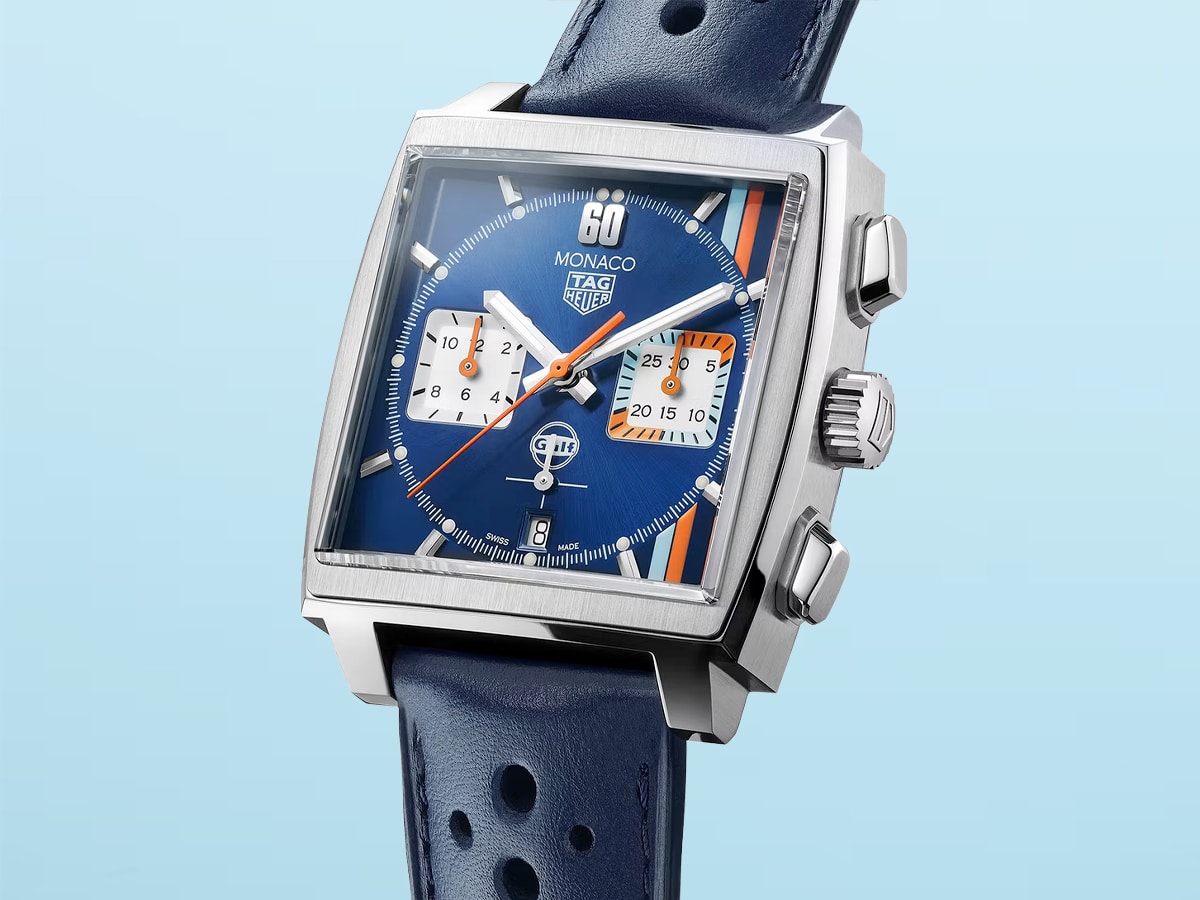
And just speaking of icons, there are quite a few in the TAG portfolio. What in your mind makes a watch iconic?
It’s always a tricky question to answer because it’s quite subjective, but I always like having fun with it. Good point of discussion. For me, the first part of it is design. When you eat a meal, they say the first taste is with the eyes and it’s exactly the same when it comes to watch design. It has to be aesthetically appealing.
When you look at the origins of, for example, the Carrera and the Monaco, or even the 844, for that matter, they’re very attractive watches. They’re nice to wear. I mean, the Monaco for me, is a watch that I never collected historically. I was very much an Autavia guy first, a Carrera guy second, and then the Monaco kind of somewhere further down the line.
You look at this watch and it’s magnetic in the way that it draws your attention. These early examples with these blue iridescent dials and this brutalist case. If you imagine it in 1969, it looked like nothing else in the marketplace, something from 2001: A Space Odyssey. It wasn’t a watch in the traditional sense, and it made it extremely difficult for us to sell, period.
But today, it’s one of these, as you say, an icon. As I say, the first part is the design, the second part is the personalities that are drawn to it. And when you look at the Carrera, for example, we had these great pictures of Mick Jagger wearing the watch and we knew the Rodriguez Brothers had them, and Colin Chapman had a Skipper Carrera, and James Hunt wore a reverse panda.
With the Monaco, we have Steve McQueen, but that’s only one part of the story. Sammy Davis Jr., Stanley Kubrick. They were loyal Monaco wearers. Today we have the likes of Jacob Elordi. I just saw a picture of him wearing it at the Oscars the other night.
We have so many people who have been drawn to these watches. The first point is the design, but the second point, it’s more mysterious than that. It’s kind of this mystique, this power that these models project. And I think that was the magic of Jack Heuer. He understood marketing and communication. And of course, design in a way that not many others could bring all together. I think today, we only have the likes of Steve Jobs and that’s kind of it, in this kind of master marketing communicator and design curator, let’s call it. It’s really, really a powerful thing.
The Monaco is such a visually strong design that’s still is so iconic. I think it’s hard to make anything that’s iconic these days because so much looks the same or similar enough. But I think the Monaco is one of those ones that it’s just stood the test of time as being unique and is just such a beautiful watch.
Just to reflect on that point quickly, I mean, it’s true. We can see in the last 20 years, there’s been so few new watch designs. The only ones that spring to my mind are Richard Mille and the Audemars Piguet Concept, but virtually everything else is building on a foundation that has existed for decades already.
Look at the marketplace today. We’re surrounded by hype watches, many of which their origins date back at least to the 1970s and sometimes the 1950s. So it goes to show that enduring design lasts and the Monaco is the perfect encapsulation of that. Since 1969, no one has replicated it.
You have the Carrera, Porsche Limited Edition, as well as the Monaco Gulf Special. How important is continuing that legacy partnership with motorsports for TAG Heuer?
I mean, for me personally, it’s absolutely fundamental. I think there are many people who have been drawn to the brand through this association with motor racing. Many people grew up seeing the iconic Heuer shield stuck to the outsides of Ferraris and McLarens and of course, Porsches.
And when we look at Gulf, in the movie Le Mans, Steve McQueen is driving a Porsche 917 in Gulf livery because it was operated by JW Racing. We have this incredibly strong DNA around motorsport that’s lasted for decades.
And I know that there are other brands that have tried to move into the space, but they simply don’t have the same level of legitimacy. We have been doing it since the very beginning. Jack was, as far as we know, the first, non-automotive sponsorship brand on racing cars. He was one of the first guys to engage ambassadors.
We know them today through Jo Siffert, who was literally selling our watches in the paddock. So we are there as the lifeblood of motorsport, sponsorship of the main Formula 1 races throughout the 1990s. Today, we have the Formula E team. We have our partnership with Porsche.
All of these properties captured together are indelibly marked in the history of Heuer and TAG Heuer. Now of course, there’s a big conversation today around what motorsport will look like in the future. Only a few years ago, there were questions about the longevity of Formula 1 in the face of electric cars.
I’m a huge fan of both vintage cars and electric cars. I don’t see why the two things have to be mutually exclusive. Electric cars are ideal from a utility and environmental impact perspective, but when it comes to motor racing and certainly historic racing, there’s no substitute for an internal combustion engine.
The great thing is, progressively, those will become very, very small parts of the carbon footprint of cars because they’re just such a niche. Everyone is up in arms about historic racing, but when you look at the number of cars that are running, how long they’re running for, and the amount of fuel that is burned, it’s virtually negligible in those ways of offsetting that.
And on top of that, through our friends at Porsche, there is already this huge development around sustainable fuels that aren’t built from oil, but from other substances. So there’s so much that we can work towards there. And again, it talks about the past, the present, and the future. We get to cover all of these properties and have really engaging and exciting conversations about them.
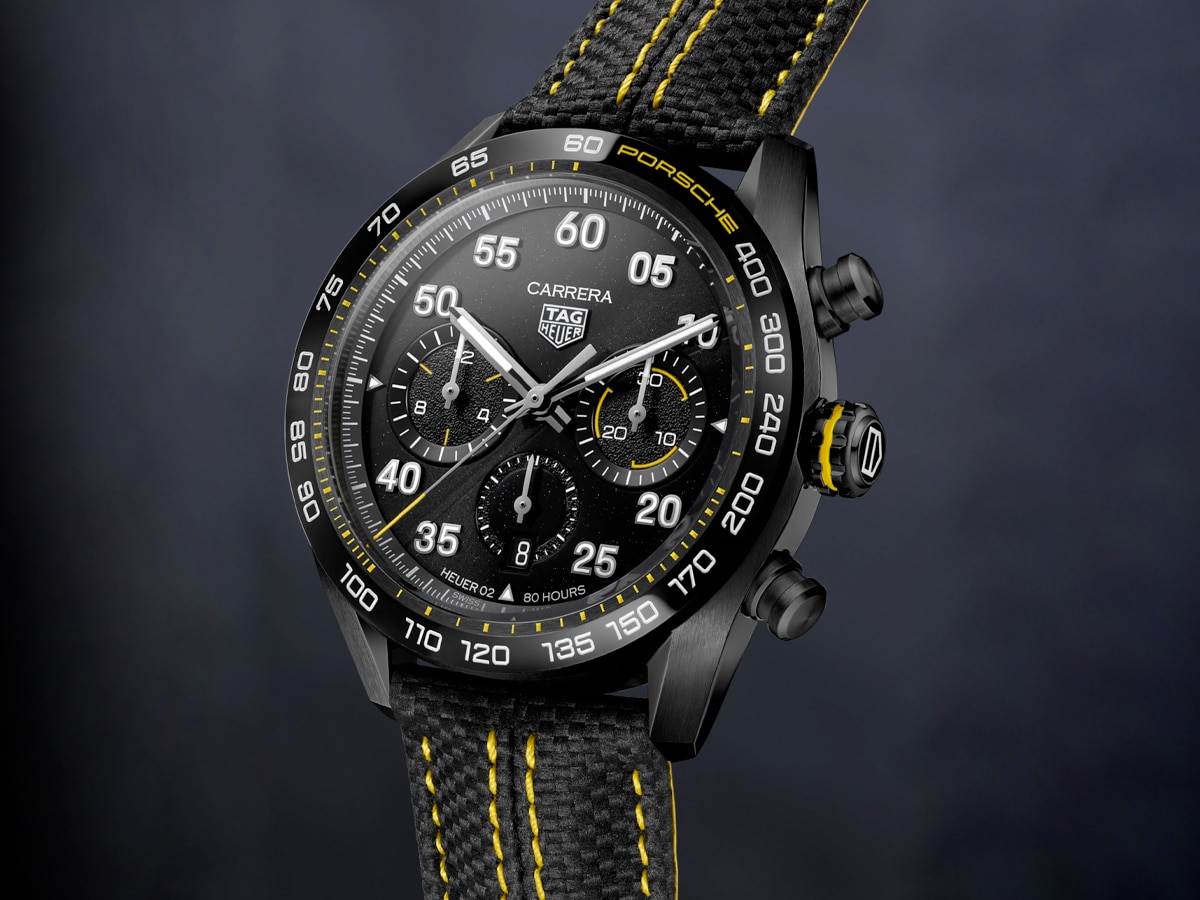
In terms of sustainability, what will we see happening with TAG Heuer in the future?
Yeah, this is a very, very good topic for us to cover. I’m not saying that I’m a passionate environmentalist and I’m not perfect in any way, but it is something I seriously consider and does keep me awake at night.
I have two young children. Obviously, I think a lot about what the future holds for the planet. For now at TAG Heuer, we do not have a complete CSR environmental initiative. We have to be upfront about that. And we know that we’ve not been the perfect brand to cover those areas, but the last thing we want to do is to greenwash.
It would be very easy for us, when talking about the Solar Graph or some of the other topics that would bring up this year, longer warranties, et cetera. We could say, “Oh yeah, this is great for the environment.” We’re not going to do that though, because until we have a complete policy around the use of recycled materials, our internal travel policy and diversity initiatives in hiring people at senior management, there’s no point in doing it.
It would be easy for us to make boxes out of ocean plastic or straps out of old fishing nets. All of that supply chain exists and it’s not to say we won’t do it in the future, but until it is part of a full policy and process and procedure on our side, it’s not something for us to discuss.
Now saying that, we do have a director of CSR. We do have external consultancies helping us in our CSR initiative. So we are hopeful that certainly in the very near future, we will be able to prevent, present a kind of manifesto relating to that topic and leveraging many things that we do internally.
We already use renewables at all of our manufacturing sites. We’ve already done a lot to remove hazardous substances from the supply chain. We are very careful about auditing our suppliers that we work with so there are a lot of things taking place behind closed doors. It’s just a question of us putting them all together into one complete global picture, for us to then be able to present and to talk about it.
At TAG Heuer, or the watch industry at large, are there any trends, innovations or anything that you see coming up that will become very prominent in the future?
What I would say is that we know that there’s been some commentary around the reliability and the quality of our product. And as you can see with the Aquaracer launches over the past 12 months, we’ve really elevated the quality of the watch in many small and unnoticeable areas, but all of that has a marked impact on the perceived quality of the watch. So that’s number one, is quality.
Number two is reliability and durability. We’ve spoken about Solargraph, but also with Superdiver and our new manufacturer, Calibre, that we’re very happy to work with Kenissi, alongside our internal teams at TAG Heuer. You can see we’re making great strides in durability and reliability.
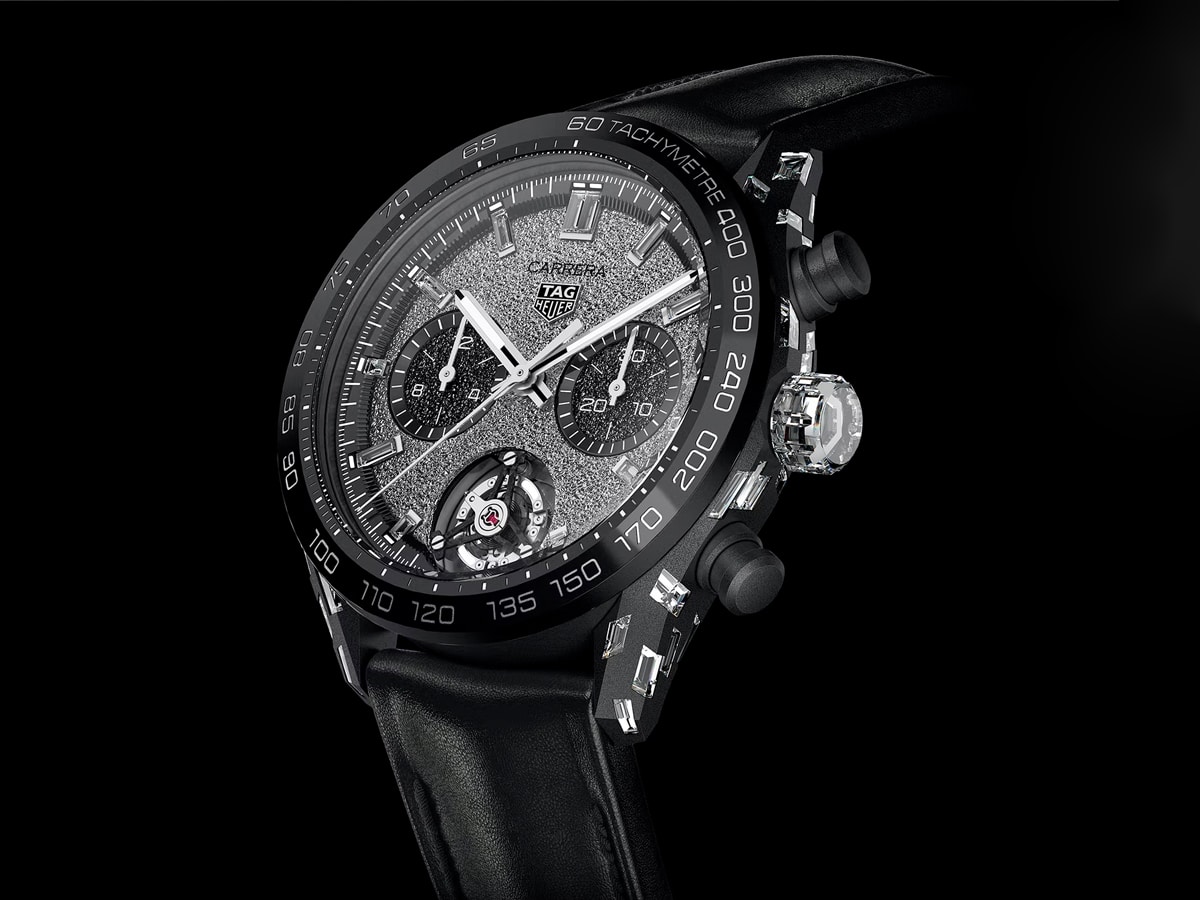
And then the big topic is innovation. And I think a lot of people are going to be very surprised by what they see around Carrera Plasma.
Really, for me, the cool thing is that from an enthusiast’s perspective, it’s very easy to look at the press releases from Watches and Wonders and say, “Ah, yeah. TAG’s got a new 1000-metre dive watch, and they’re doing this thing with solar power quartz and they’ve got the Gulf and they’ve got this, that, and the other.”
We’ve got some new watches, but all of these watches have hidden within them, some Easter eggs, some codes for the future, that will form the foundation. And the key for me is really the new movements with solar graph and the TH30, the new manufacturer Calibre and Superdiver, but then the serious, serious innovation, our quest to leave our mark on the contemporary watch industry today with Carrera Plasma. And this is really what we’re building on for the future.


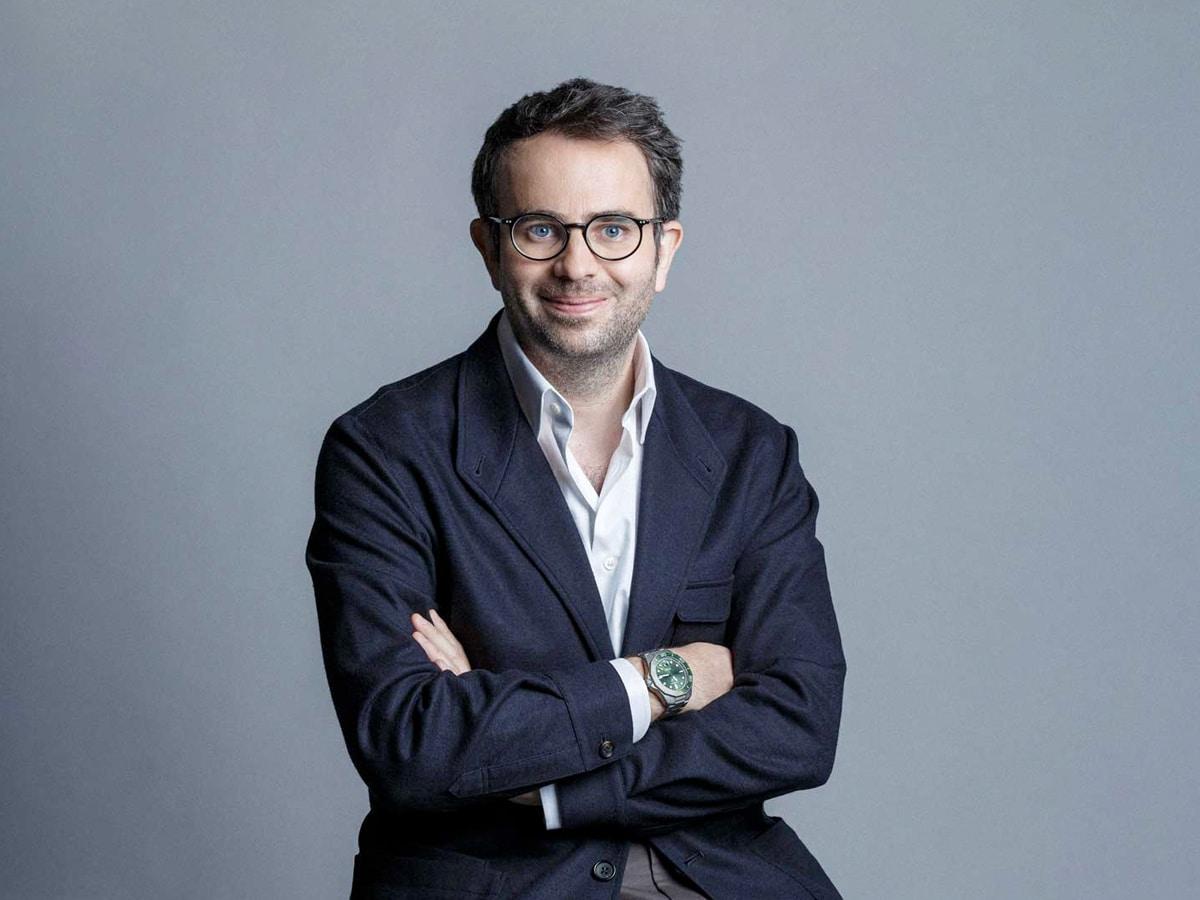
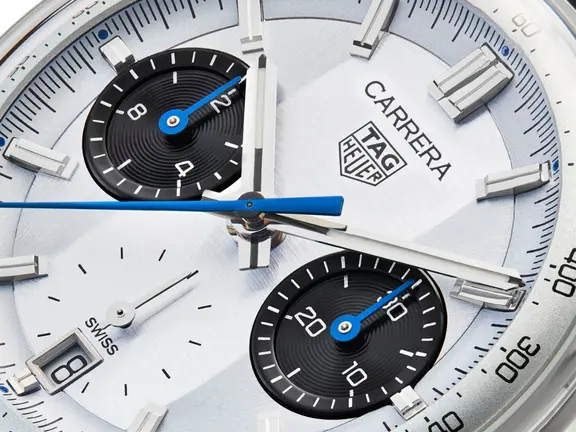

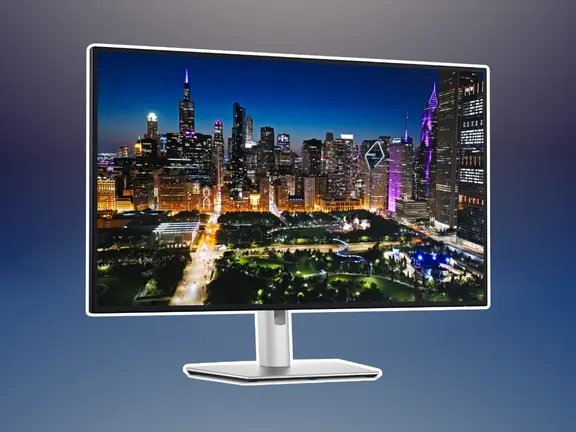










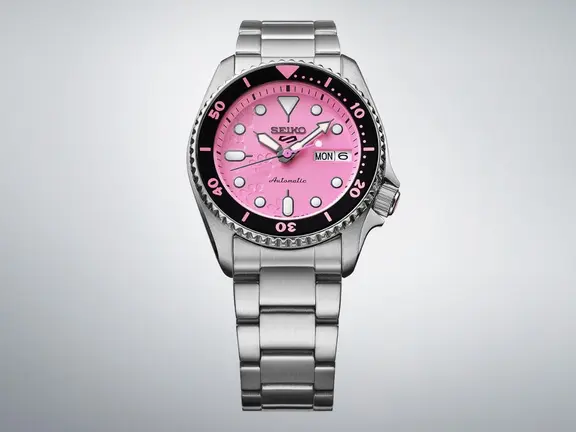



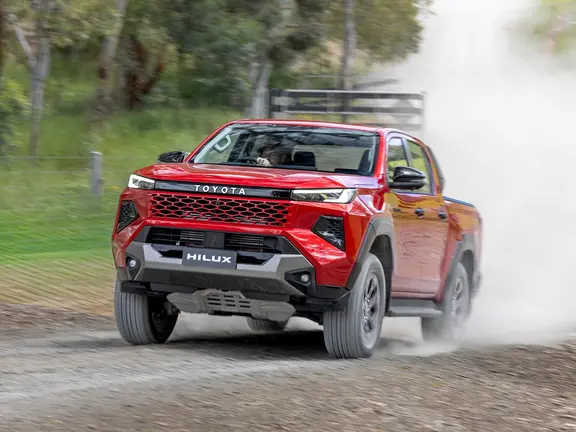

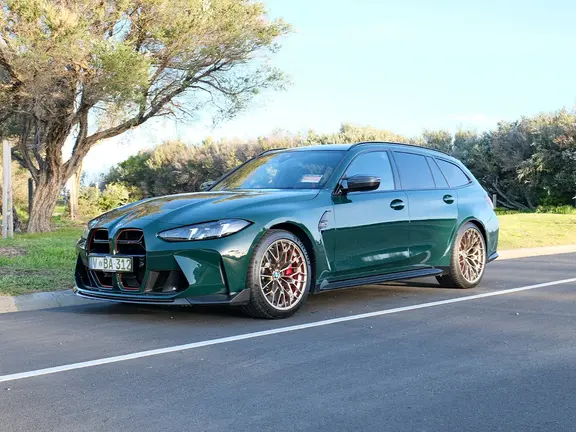







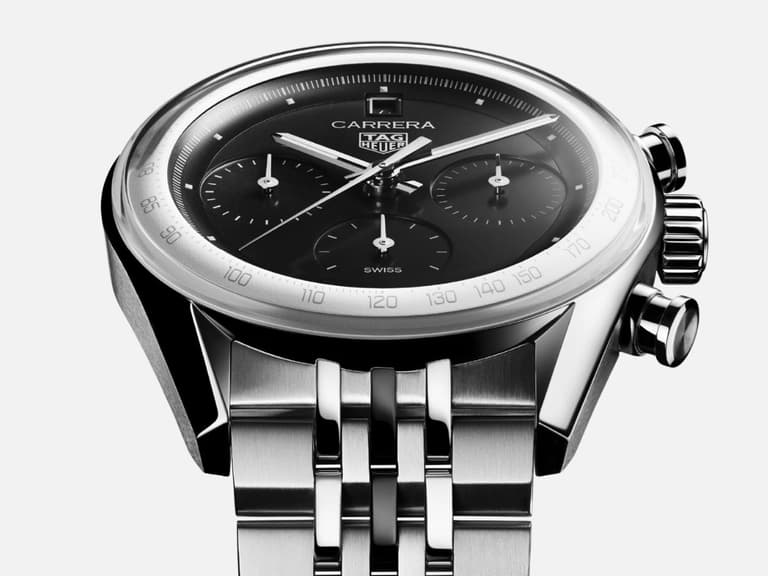

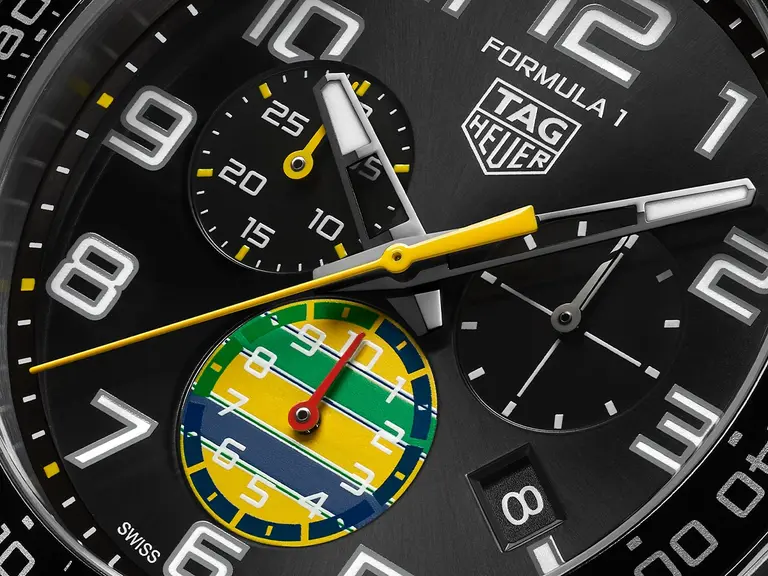

Comments
We love hearing from you. or to leave a comment.